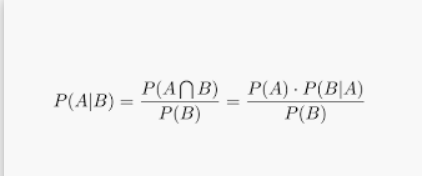Book Review On Nate Silver’s The Signal And The Noise


The signal and the noise by Nate Silver is a great book about predictions. I was left delighted by each page. The book is full of various graphs and charts that help get the points across. The book is divided into two parts. The initial segment is an examination of all the ways that predictions go wrong. The second part is about how applying Bayes Theorem can make expectations correct. Bayes’ theorem describes the probability of an event, based on prior knowledge of conditions that might be related to the event.
The book centers around predictions in a wide variety of subjects such as economics, the internet, politics, sports and natural phenomena. Each subject is covered coherently, in adequate detail, so the reader is able grasp the problems and issues faced during such recordings.
The accuracy of weather forecasts increases slowly yet steadily, step by step. Ensembles of PC model runs are part of the story, yet human judgment add value, and increases the accuracy.
Nate Silver shows that the people who are most sure are the ones that make the most exceedingly bad predictions. The best forecasts are those that are couched in quantitative uncertainties.
In summary, Nate Silver does a great job at pointing out the many advantages and pointed flaws of statistical analysis.
The formula for Bayes theorem is — P(A|B) = P(B|A) * P(A)/ P(B)
where and A and B are events and P(B) is not equal to zero .
P(A|B) is a conditional probability : the likelihood of event A occurring given that B is true.
P(B|A) is also a conditional probability: the likelihood of event B occurring given that A is true.
P(A) and P(B) are the probabilities of observing A and B independently of each other; this is known as the conditional probability.
The book is an irresistible page-turner and is extremely intriguing.
I highly recommend this book.

